Table of Contents
Introduction to Baharat
Baharat is a traditional Middle Eastern spice blend made from a mixture of warm, aromatic spices. The word 'baharat' means 'spices' in Arabic, and it's commonly used to season meats, rice, stews, and vegetables across the region. This guide covers everything you need to know about baharat, including its ingredients, flavor profile, how to use it, and simple recipes to try at home.
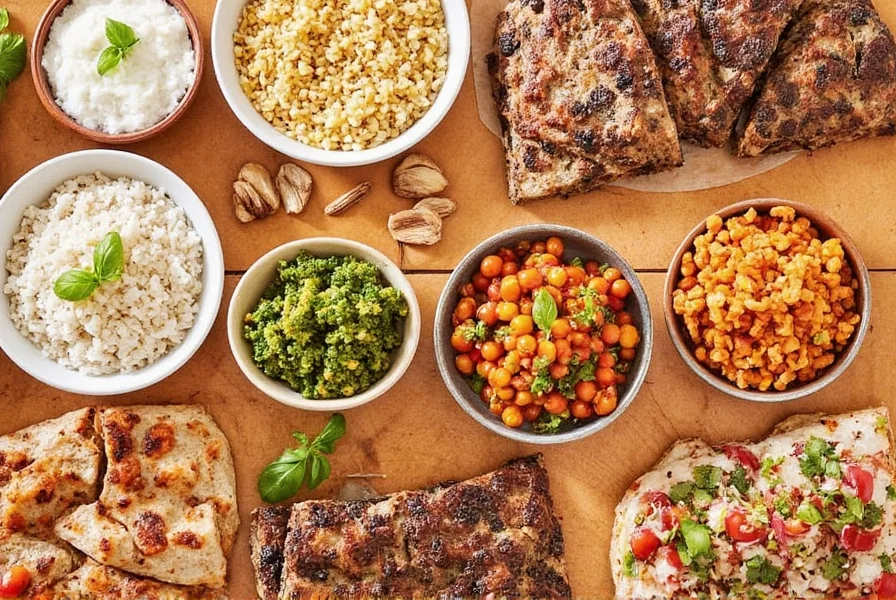
What is Baharat?
Baharat (also spelled as bawat or bahtar) is a traditional spice mix originating from the Arab world. The word 'baharat' translates to 'spices' in Arabic, but the blend itself is much more than that—it's a carefully curated combination of warm, earthy, and sometimes fiery spices. Unlike some other spice blends, there isn't a strict recipe for baharat; it can vary depending on the region, chef, or personal preference. However, most versions include a base of black pepper, cumin, coriander, and cardamom, often joined by cinnamon, cloves, nutmeg, and sometimes even chili powder.

The key to a great baharat is balance. Too much of one spice can overpower the others, while too little can leave the blend feeling flat. That's why many chefs take pride in crafting their own version of baharat, adjusting the proportions to suit their cooking style and the dishes they make.
The Flavor Profile of Baharat
Baharat has a complex and layered flavor profile that's hard to put into words. It starts with a warm, slightly sweet note from the cinnamon and cardamom, then moves into the earthiness of cumin and coriander. The black pepper adds a subtle heat, while the cloves bring a sharp, almost medicinal quality. Some blends might also include a hint of nutmeg or allspice, adding even more depth.
One of the unique things about baharat is that it doesn't just add flavor—it enhances the overall experience of a dish. Whether you're grilling lamb chops or simmering a rich stew, a pinch of baharat can transform an ordinary meal into something extraordinary.

How to Use Baharat in Cooking
Using baharat is simple, but there are a few tips to keep in mind to get the most out of it. First, always start with a small amount and adjust to taste. Because baharat is a concentrated blend, even a little goes a long way.
- Marinating: Mix baharat with oil, garlic, and lemon juice to create a marinade for meats like chicken, lamb, or fish. Let the meat sit for at least an hour before cooking to allow the flavors to penetrate.
- Seasoning Dishes: Sprinkle a bit of baharat over roasted vegetables, soups, or rice to add warmth and complexity.
- Cooking with Grains: Add a teaspoon of baharat to your rice or quinoa during cooking for a subtle, spiced finish.
- Stews and Braises: Stir a spoonful of baharat into your slow-cooked stews or braised meats to deepen the flavor.
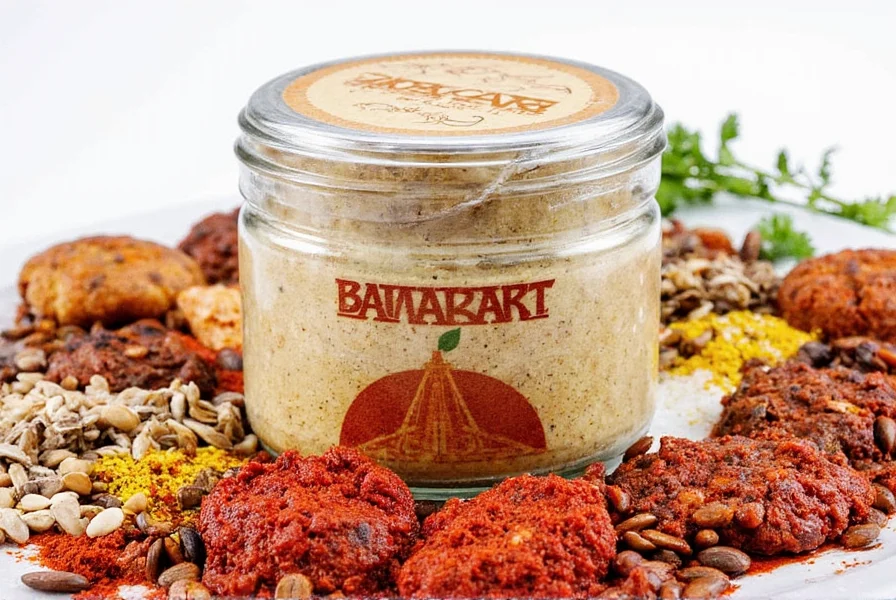
One of the best things about baharat is its versatility. It works well with both mild and bold flavors, making it a great addition to everything from Mediterranean dishes to Middle Eastern classics like shakshuka, tagines, or kibbeh.
Buying Guide for Baharat
When it comes to buying baharat, there are several options available—store-bought blends, pre-made mixes, or homemade versions. Each has its own pros and cons, so it's worth considering what fits your needs and preferences.
| Product Name | Features | Advantages | Use Cases | Target Audience |
|---|---|---|---|---|
| Baharat Blend by Spice Island | Contains black pepper, cumin, coriander, cardamom, and cloves | Convenient and easy to use | Great for marinating meats, soups, and stews | Cooking enthusiasts and casual home cooks |
| Middle Eastern Spices Co. Baharat | Handcrafted with organic ingredients | Richer flavor and higher quality | Perfect for gourmet meals and special occasions | Chefs and serious spice lovers |
| Local Market Baharat | Region-specific variations | Supports local spice artisans | Ideal for authentic Middle Eastern recipes | Cultural food lovers and travelers |
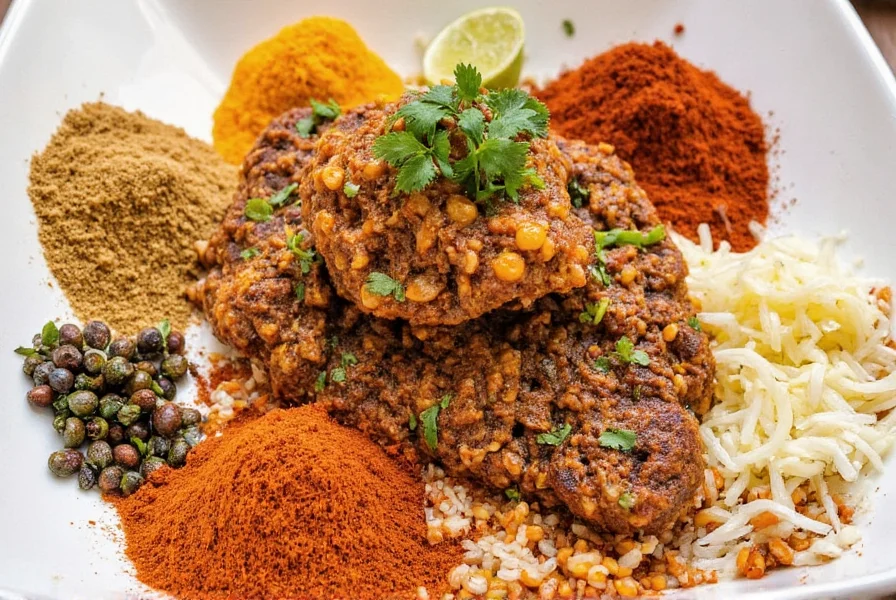
Homemade Baharat
If you want full control over the flavor and quality, making your own baharat is a great option. Start with a base of ground black pepper, cumin, and coriander. Then add a pinch of cardamom, cinnamon, and cloves. You can also experiment with other spices like nutmeg, allspice, or even a dash of chili powder for a kick.
Once you've mixed your spices, store them in an airtight container in a cool, dark place. Homemade baharat tends to be more vibrant and fresh, but it's important to use it within a few months for the best flavor.
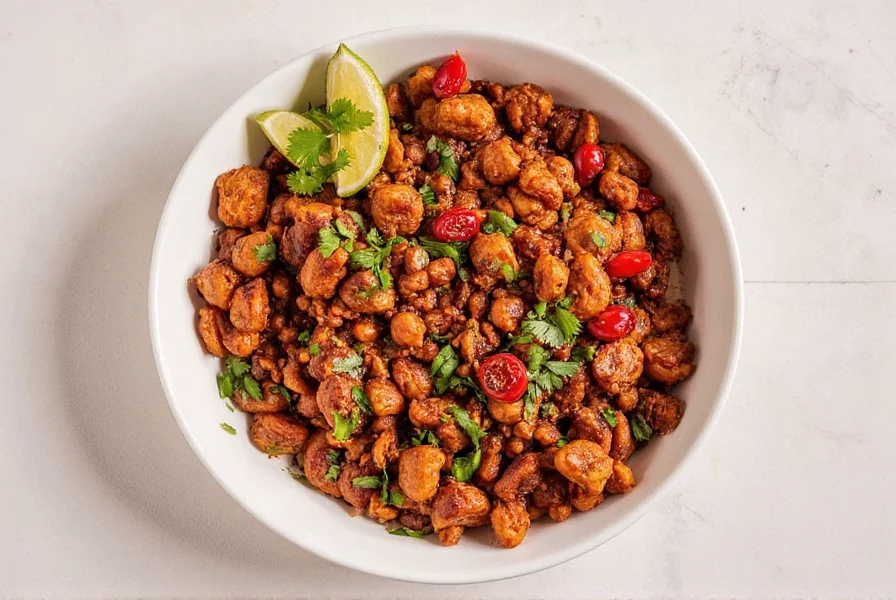
Popular Recipes Using Baharat
Baharat is incredibly versatile and can be used in a wide range of dishes. Here are a few popular recipes where it shines:
1. Spiced Lamb Chops
Marinate lamb chops with a mix of baharat, olive oil, garlic, and lemon juice. Sear them on the grill or in a pan until golden brown, and serve with couscous or roasted vegetables.

2. Baharat Rice
Add a teaspoon of baharat to your rice while cooking. This gives the rice a warm, aromatic flavor that pairs perfectly with grilled meats or stews.

3. Baharat Chicken Stew
Simmer chicken, onions, tomatoes, and a splash of broth with a generous helping of baharat. Serve with crusty bread or flatbread for a hearty, comforting meal.
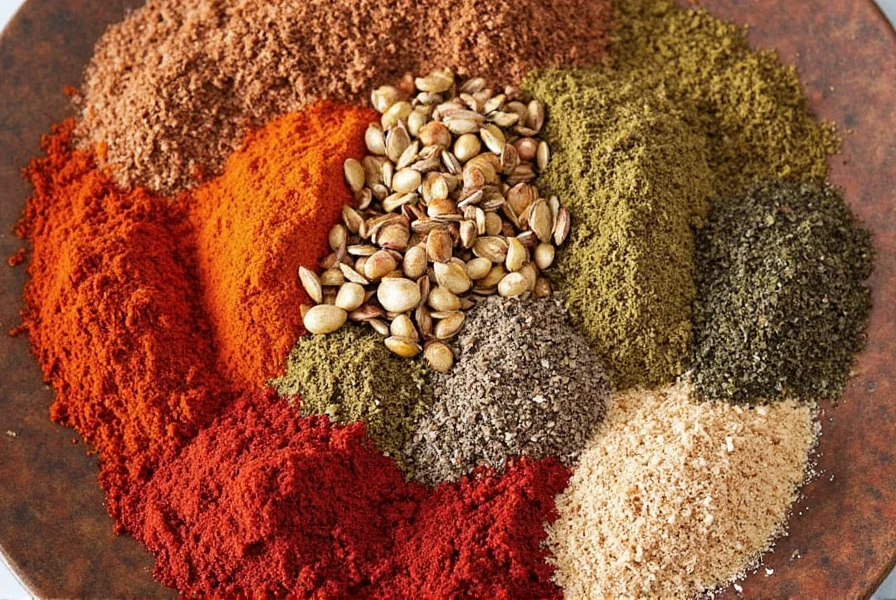
4. Baharat Roasted Vegetables
Toss seasonal vegetables with olive oil, salt, and a sprinkle of baharat. Roast in the oven until tender and golden. This is a quick and healthy side dish that brings out the natural sweetness of the veggies.
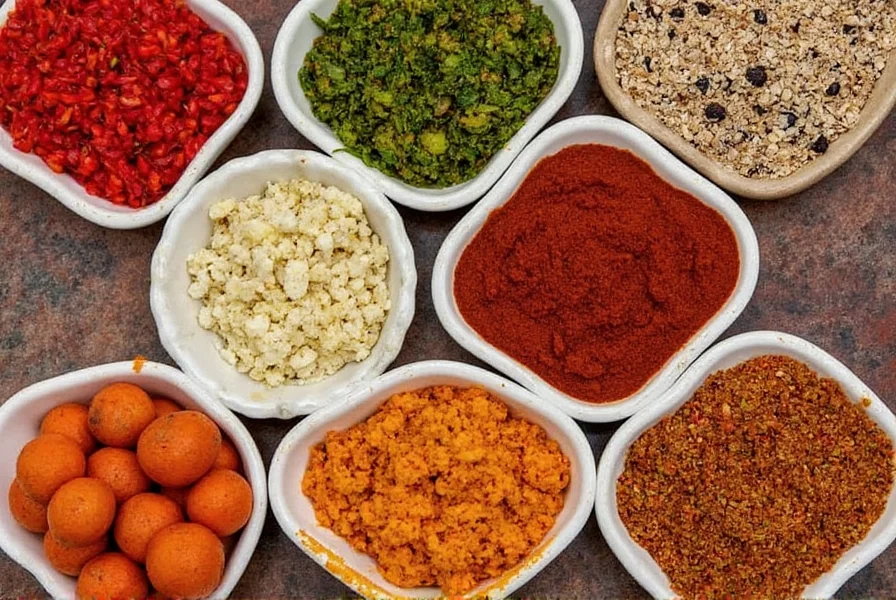
Frequently Asked Questions About Baharat Spice Blend
What is baharat spice blend made of?
Baharat is typically made from a blend of warm, aromatic spices. Most versions include a base of black pepper, cumin, coriander, and cardamom, often joined by cinnamon, cloves, and nutmeg. Some regional variations may also include allspice, paprika, or chili powder for added heat.
How is baharat different from other spice blends?
Unlike many standardized spice blends, baharat has no single definitive recipe—it varies by region and personal preference. While blends like curry powder or garam masala have more standardized compositions, baharat's beauty lies in its flexibility. Its flavor profile is uniquely warm, slightly sweet, and complex without being overwhelmingly hot.
What does baharat taste like?
Baharat has a complex flavor profile that starts with warm, slightly sweet notes from cinnamon and cardamom, moves into the earthiness of cumin and coriander, with black pepper adding subtle heat and cloves bringing a sharp quality. Some blends include nutmeg or allspice for additional depth. It's warm and aromatic without being overly spicy.
How long does baharat spice blend last?
Store-bought baharat typically lasts 1-2 years when stored properly in a cool, dark place. Homemade baharat is best used within 3-6 months for maximum flavor, as freshly ground spices lose their potency more quickly. Always store in an airtight container away from heat and sunlight.
Can I substitute baharat if I don't have it?
While no substitute perfectly replicates baharat's unique flavor, you can create a reasonable approximation by mixing equal parts cumin, coriander, and black pepper with smaller amounts of cinnamon, allspice, and cardamom. For Middle Eastern dishes, za'atar can work as a substitute in some recipes, though it has a very different flavor profile.
What dishes work best with baharat?
Baharat shines in a wide variety of dishes including grilled meats (especially lamb and chicken), rice and grain dishes, stews and soups, roasted vegetables, and Middle Eastern classics like kibbeh, shakshuka, and tagines. It works well with both mild and bold flavors, making it incredibly versatile.
Is baharat spicy/hot?
Traditional baharat is warm and aromatic rather than hot. It gets its warmth from black pepper and sometimes a touch of chili, but it's not meant to be fiery. The heat level can vary depending on the specific blend—some versions include more black pepper or chili powder for extra kick, while others focus on the warm, sweet spices.
How should I store baharat?
Store baharat in an airtight container in a cool, dark place away from heat and sunlight. Glass jars with tight-fitting lids work best. Proper storage helps preserve the volatile oils that give baharat its distinctive aroma and flavor. Avoid storing spices above the stove or in clear containers on the counter where they're exposed to light.
Conclusion
Baharat is more than just a spice blend—it's a flavor enhancer, a cultural treasure, and a must-have in any spice cabinet. Whether you're a seasoned chef or a curious home cook, experimenting with baharat can open up a whole new world of taste and aroma. With its warm, complex profile and endless uses, it's no wonder this blend has been a staple in Middle Eastern and North African kitchens for centuries.
So next time you're looking to elevate your cooking, reach for a pinch of baharat. It may just become your new favorite spice.











 浙公网安备
33010002000092号
浙公网安备
33010002000092号 浙B2-20120091-4
浙B2-20120091-4